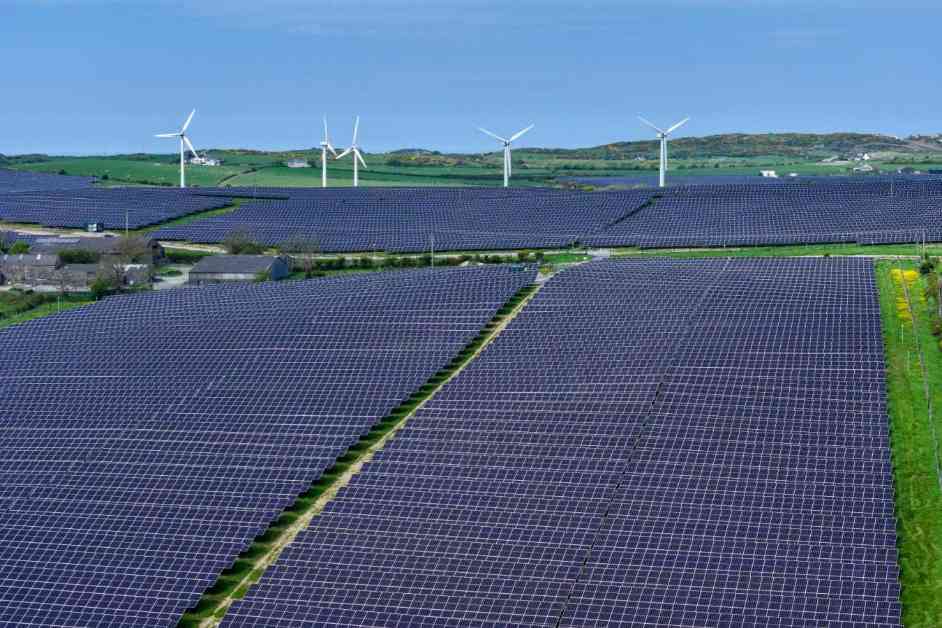The rapid expansion of solar energy worldwide has resulted in a significant amount of farmland being converted to accommodate solar panels. In 2018 alone, over 1300 square kilometers of cropland were covered by solar panels, a space that could potentially produce 4 quadrillion calories each year.
This shift towards solar energy has raised concerns about the impact on food production, as prime agricultural land is being used for energy generation rather than growing crops. The installation of solar photovoltaic panels has increased exponentially, with more than 5000 square kilometers of land being occupied by solar panels in 2018, a staggering 1655 times more than in 2003.
Researchers, including Wu Xiao from Zhejiang University in China, have highlighted the potential consequences of this trend. The conversion of cropland to solar panel sites means that valuable agricultural resources are being diverted away from food production. The study conducted by Wu Xiao and his team emphasizes that the land currently occupied by solar panels could have been utilized to grow food to sustain millions of people.
While the transition to solar energy is crucial for reducing greenhouse gas emissions and combatting climate change, it is essential to strike a balance between renewable energy development and food security. Finding ways to optimize land use for both solar energy generation and food production is imperative to ensure sustainable development.
In addition to the concerns raised by the study, there are also opportunities to explore innovative solutions that can mitigate the impact on food production. For instance, implementing agrovoltaics, which involves combining agriculture with solar energy production, could be a viable approach. By integrating solar panels with agricultural activities, farmers can continue to cultivate crops while generating clean energy.
Furthermore, advancements in solar technology, such as floating solar panels on bodies of water or using solar panels on non-arable land, offer alternative options to minimize the use of prime agricultural land. These innovative approaches can help alleviate the pressure on farmland and preserve valuable resources for food production.
As the world continues to embrace renewable energy sources like solar power, it is essential to address the challenges posed by the conversion of farmland to solar panel sites. By promoting sustainable practices and exploring creative solutions, it is possible to harness the benefits of solar energy while safeguarding food security for future generations.






